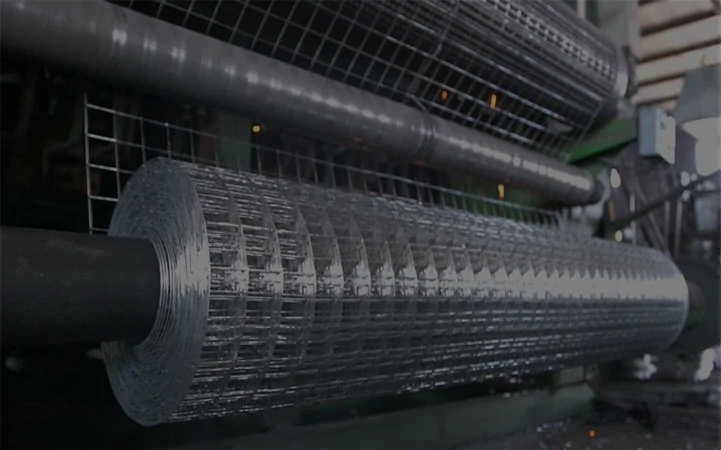extracting nails from wood
Extracting Nails from Wood A Comprehensive Guide
Removing nails from wood can seem like a daunting task, especially if you've never done it before. Whether you're refurbishing old furniture, salvaging timber for a new project, or simply decluttering your workspace, knowing how to extract nails properly can make your woodworking projects smoother and more efficient. In this article, we will explore various methods and tools for nail extraction, ensuring you can remove nails safely and effectively.
Understanding the Types of Nails
Before diving into the extraction process, it's important to understand the different types of nails you might encounter. Common types include
1. Common Nails Thick and sturdy, used for structural projects. 2. Finishing Nails Thinner, often used for trim work, which can be more challenging to remove without damaging the wood. 3. Brad Nails Even thinner than finishing nails, they are typically used in delicate applications. 4. Ring-shank Nails These have ridges along the shaft for better holding power, making them tougher to remove.
Understanding the type of nail you're dealing with will help you choose the right method and tool for extraction.
Essential Tools for Nail Extraction
To successfully remove nails, you'll need the right tools. Here are some commonly used tools for nail extraction
- Claw Hammer This is the most common tool for removing nails. The curved claw provides leverage to pull nails out of the wood. - Pry Bar A pry bar, or crowbar, is excellent for reaching nails that are deeply embedded or in awkward positions. - Nail Puller or Nail Claw This specialized tool grips the nail tightly, allowing you to pull nails without damaging the wood as much as a standard hammer might. - Drill For nails that are impossible to grasp or have broken off, using a drill to create a hole can help. You can drill a small hole alongside the nail and create enough leverage to remove it. - Pliers Needle-nose pliers can be effective for smaller nails or if the nail head is broken.
Step-by-Step Nail Extraction Process
Now that you have your tools ready, here’s a step-by-step guide to effectively removing nails from wood
extracting nails from wood

1. Assess the Nail Identify the type of nail and determine how deeply it is embedded in the wood. This will influence your approach. 2. Position Your Tool If using a claw hammer, position the claw under the nail head. For a pry bar, place the curved end under the nail.
3. Apply Leverage Gently pull back on the handle of the hammer or pry bar. You want to apply even pressure to avoid splitting the wood. If the nail doesn’t budge, consider using a hammer to tap the handle, increasing the force applied to the nail.
4. Use Pliers if Needed If the nail is flush with the wood or has a broken head, grab it with pliers and twist it back and forth while pulling upward. This technique often works well for stubborn nails.
5. Drill If Necessary If you’re encountering a nail that seems immovable, consider drilling a small hole nearby. Once you make an opening, try to wiggle the nail free or use a small pry bar for extra leverage.
6. Clean Up After the nails are removed, inspect the wood for any damage. Fill any holes left behind with wood filler if necessary.
Preventing Damage
When extracting nails, one of the primary concerns is preventing damage to the wood. Here are some tips to minimize risk
- Work slowly and steadily; sudden force can splinter the wood. - Use a scrap piece of wood as a buffer to protect the surface beneath your pry bar or hammer. - If the nail is truly stubborn, consider a softer approach or seek professional help.
Conclusion
Extracting nails from wood is a valuable skill that can save you time and money in your woodworking projects. By using the right tools and techniques, you can ensure a clean extraction while preserving the integrity of your wood. Practice patience and ensure safety, and you’ll find that nail removal can become an easy task that enhances your woodworking abilities. Happy woodworking!
-
Space-Saving Chain Fence Hacks Vertical Gardening with Cyclone MeshNewsJul.16,2025
-
Innovations in Iron Nail Wire Production for Modern ConstructionNewsJul.16,2025
-
Creative Uses of Wire Netting Fence in Modern Landscape DesignNewsJul.16,2025
-
Barbed Wire Fence Innovations in Anti-Climb TechnologyNewsJul.16,2025
-
Architectural Uses of Umbrella Nails for Aesthetic Roof DesignsNewsJul.16,2025
-
Architectural Uses of Razor Barbed Wire in Secure Urban DesignNewsJul.16,2025




